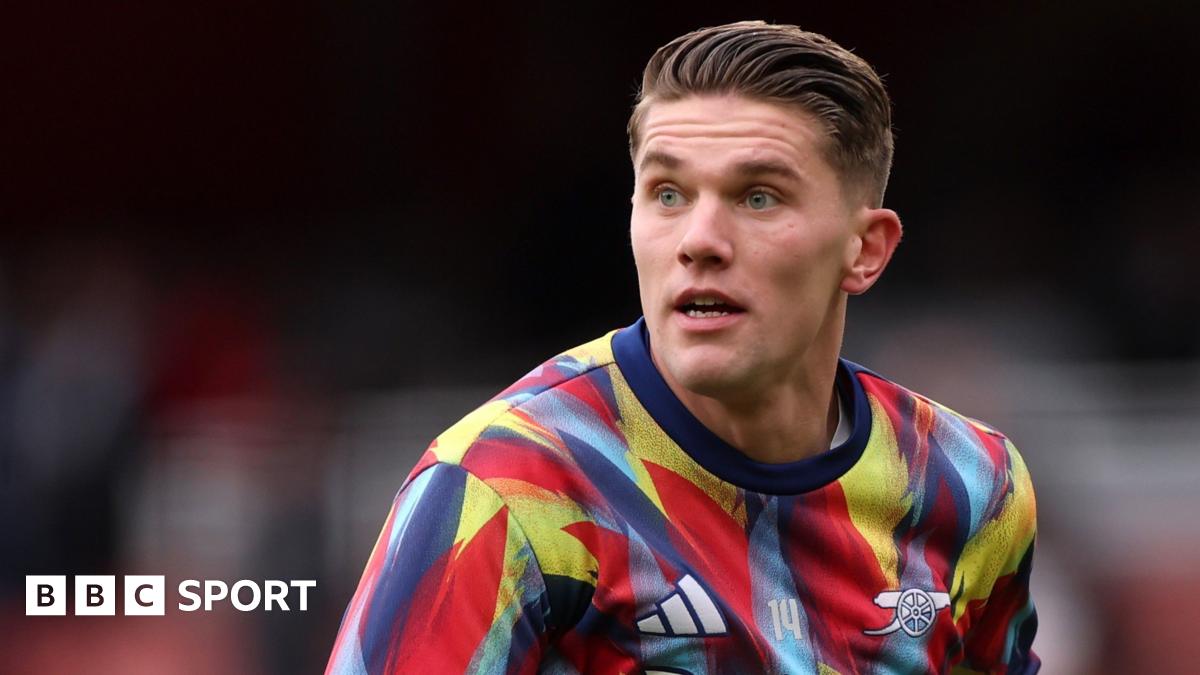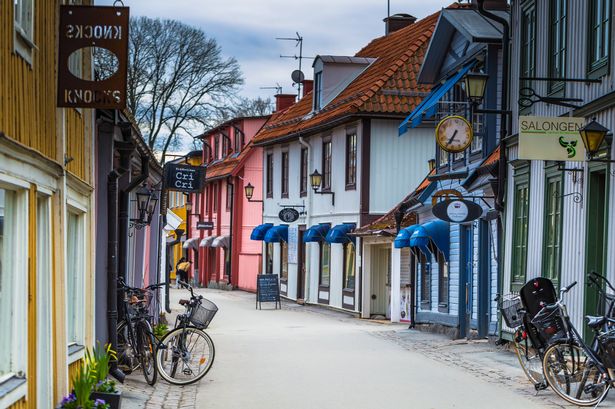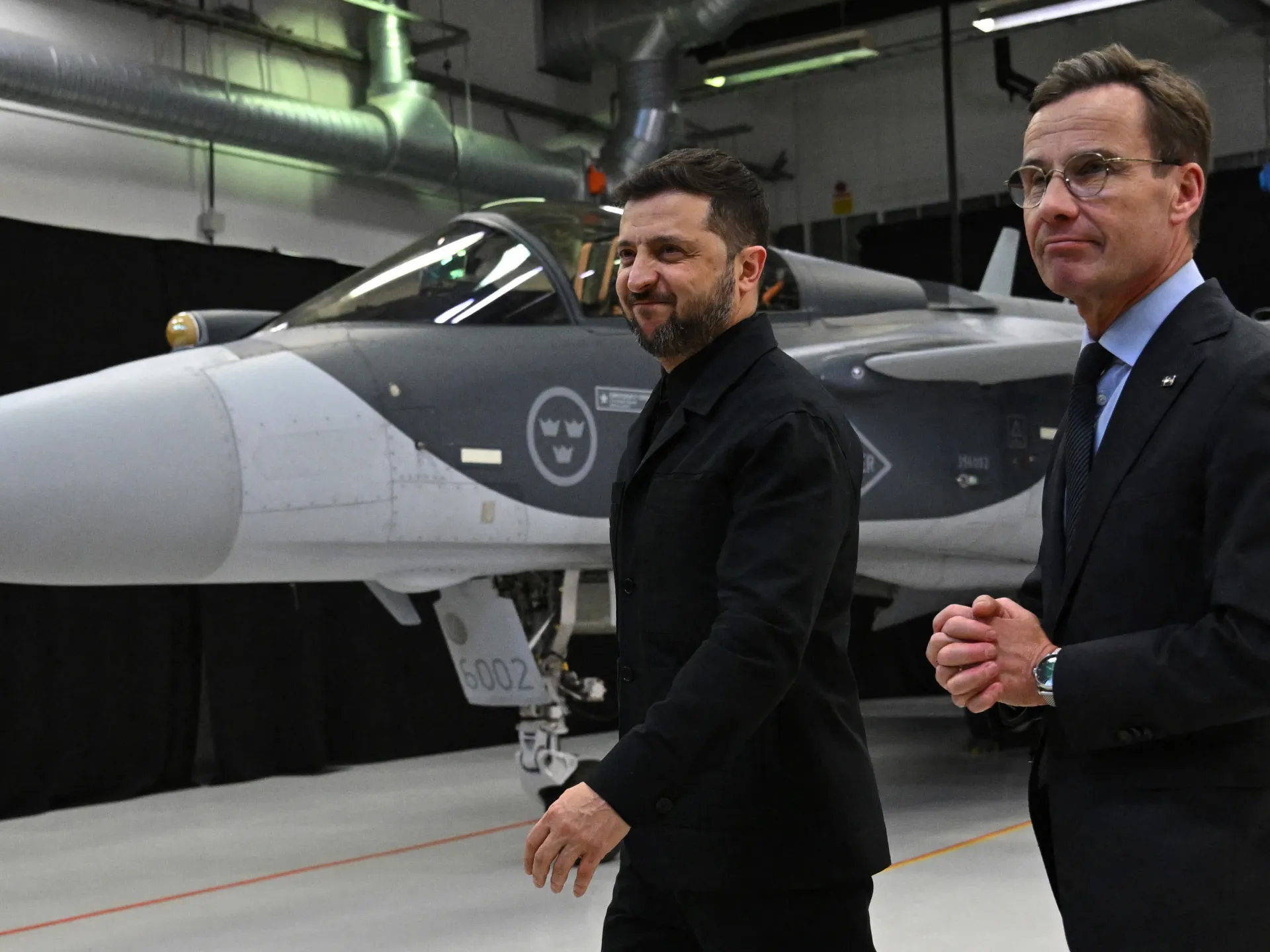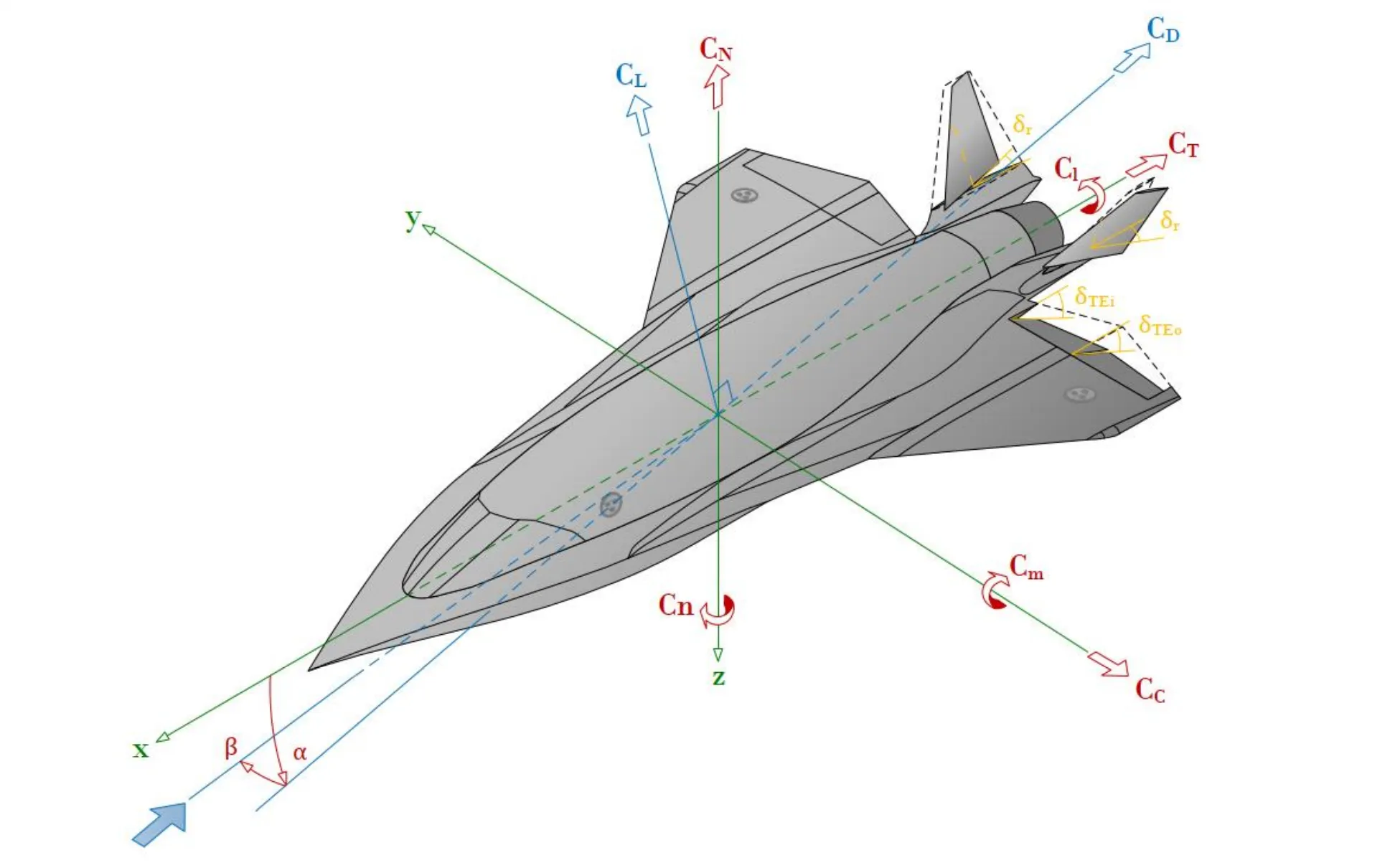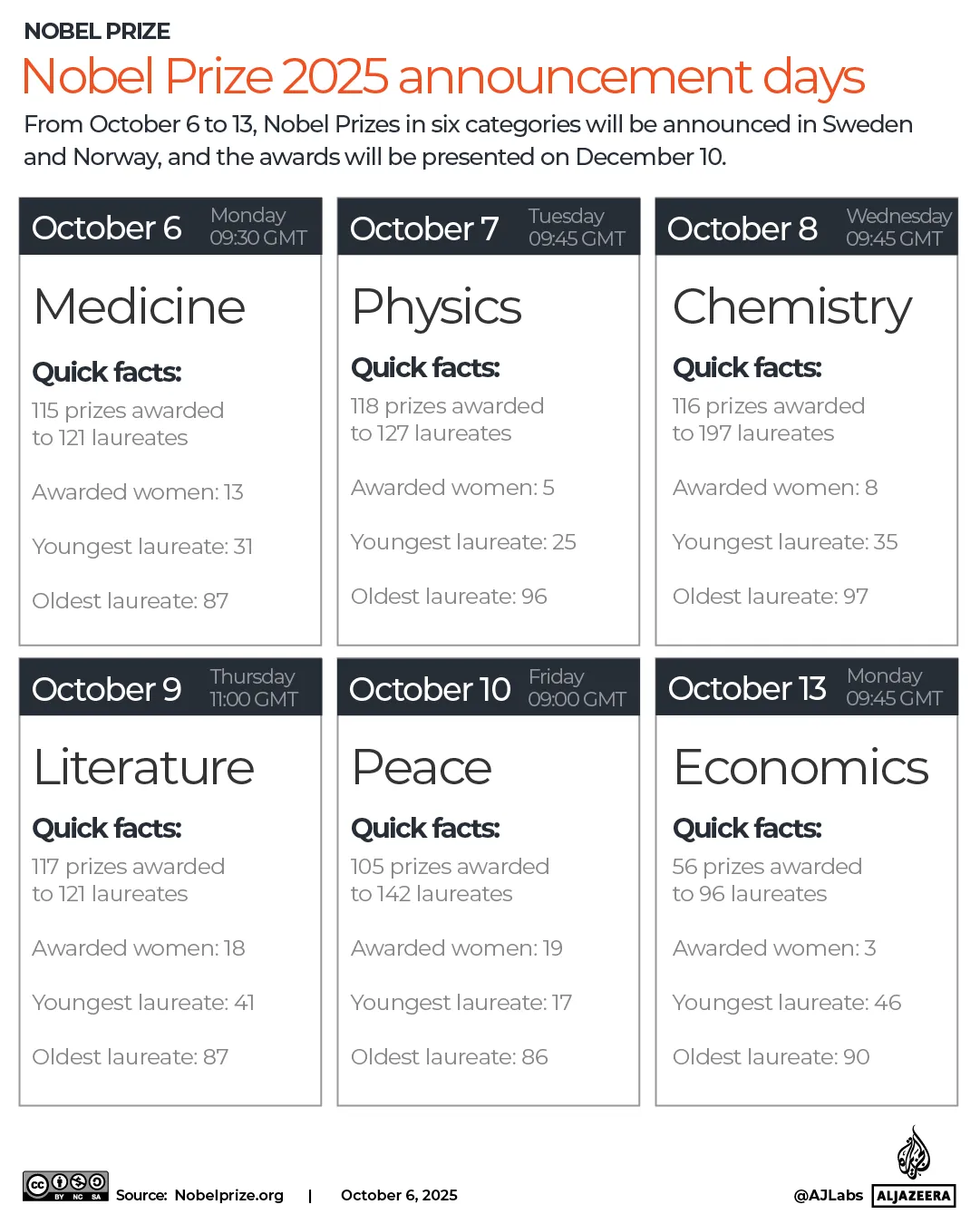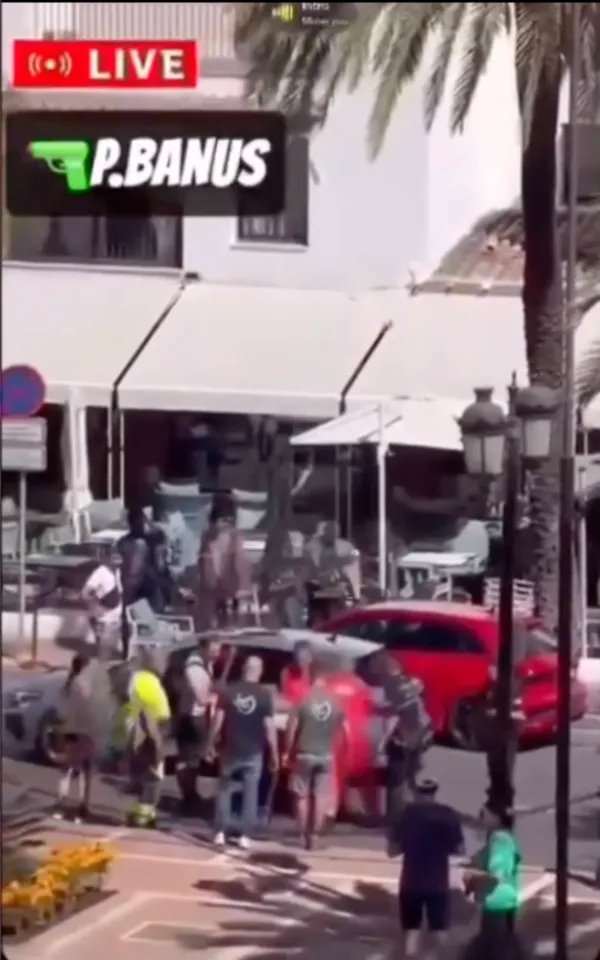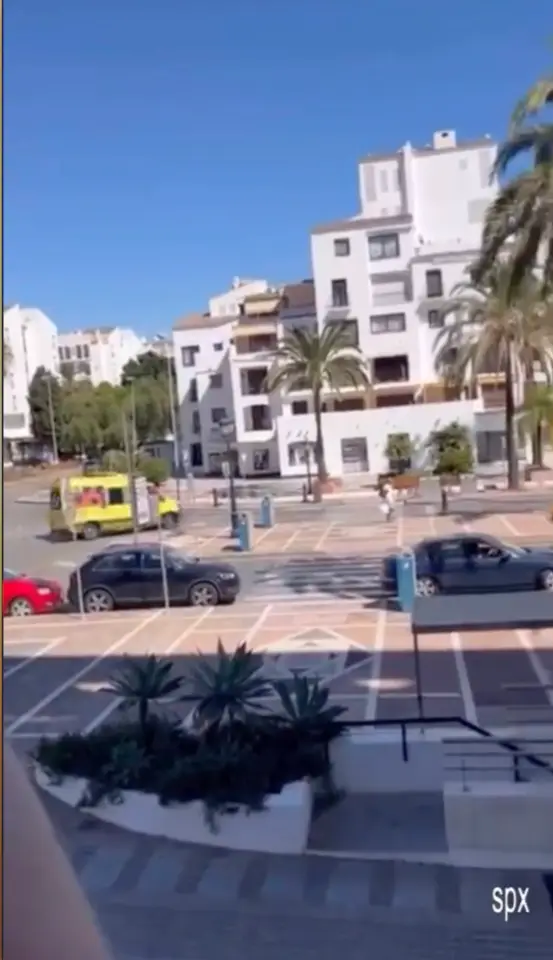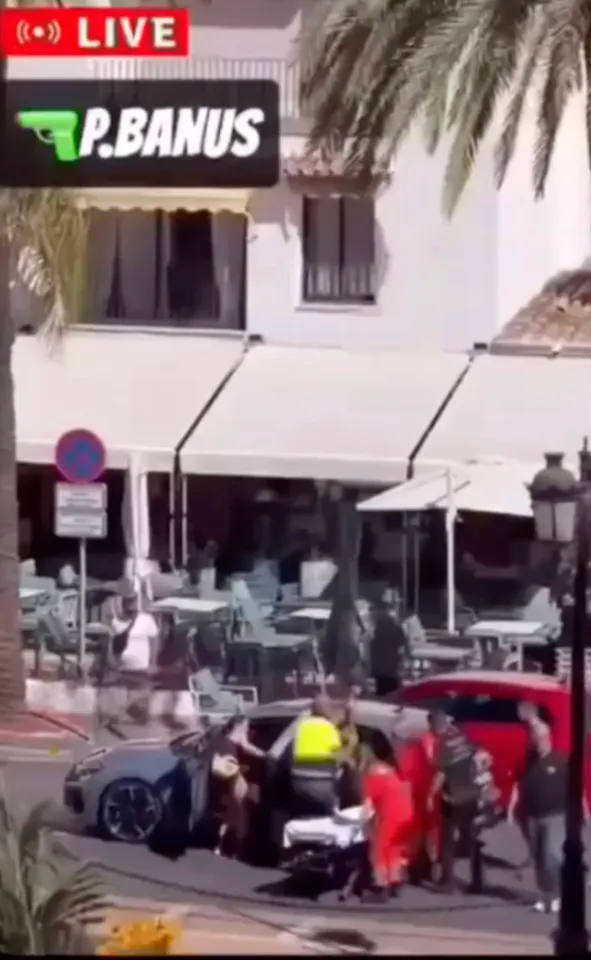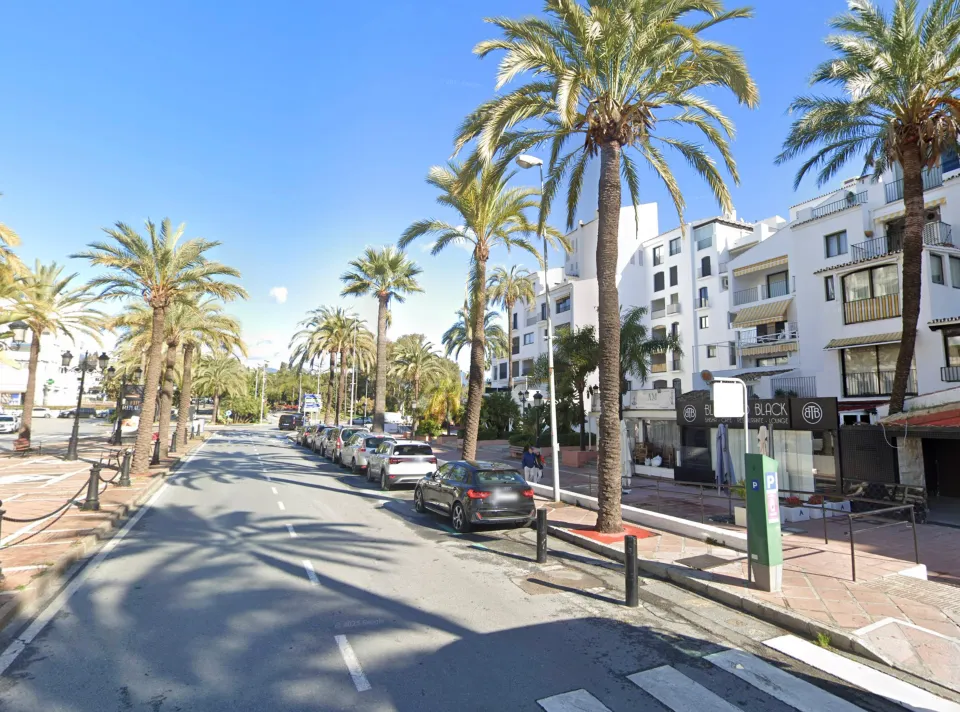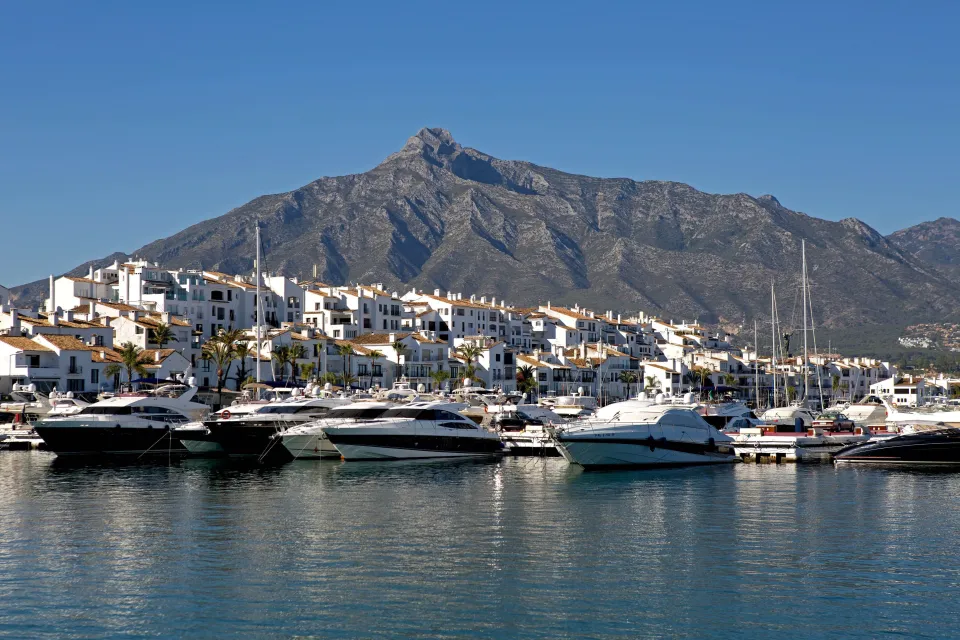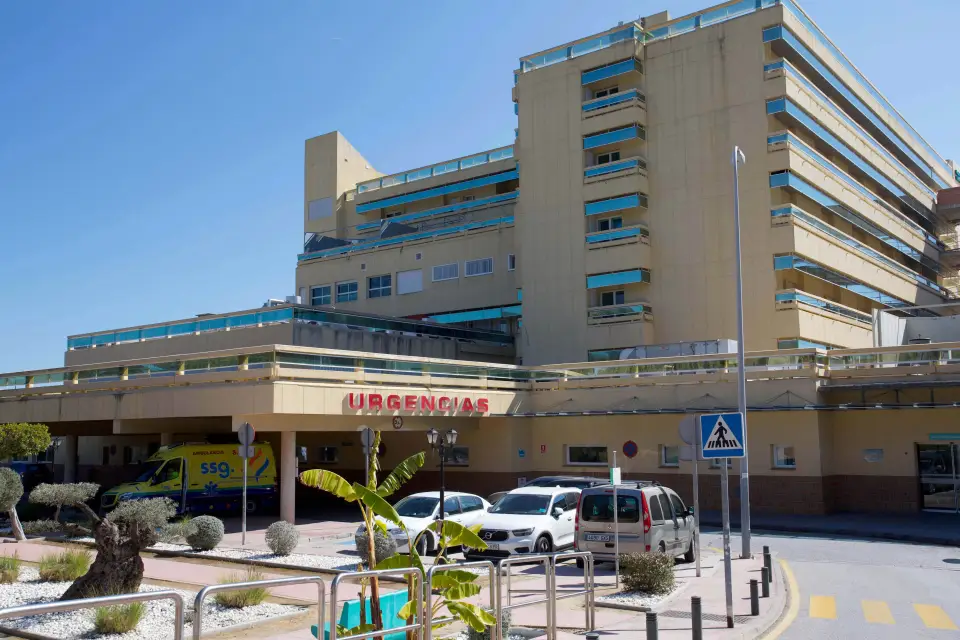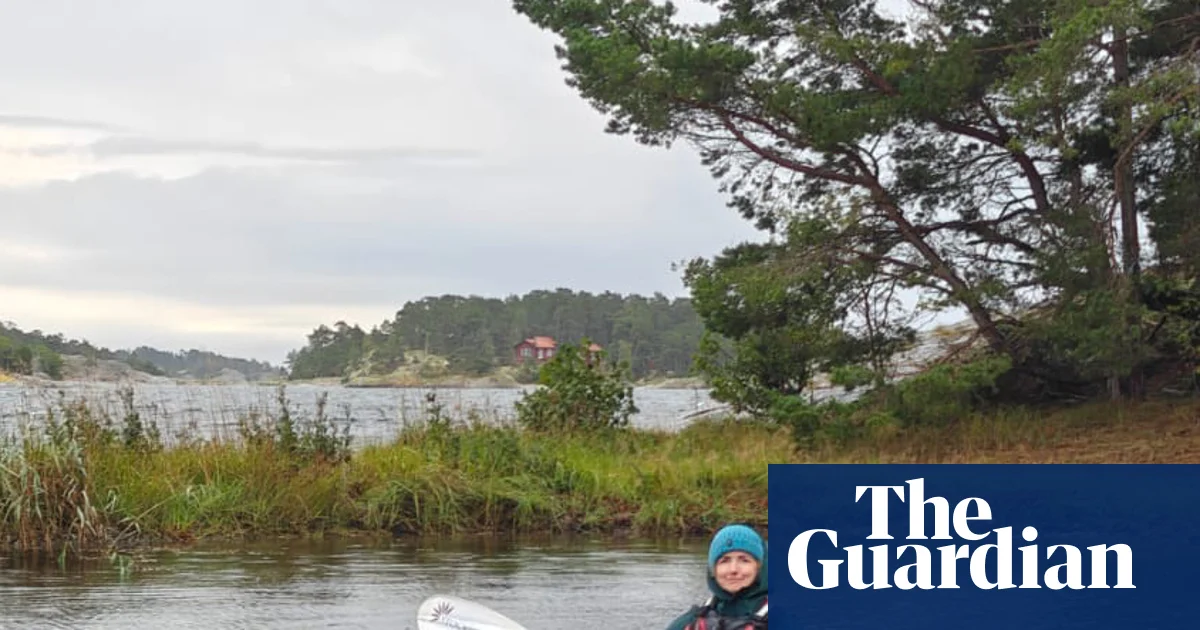The town is the oldest in the country and was the capital for several hundred years, with wealthy merchants flocking to the thriving trading hub which is well preserved today
A town that is more than a thousand years old sits on the banks of a picturesque lake and is filled with colorful wooden houses.
Sigtuna, often described as Sweden’s first town, is a small and charming destination that blends history and natural beauty. Located just 45 minutes from Stockholm and only a short drive from Arlanda Airport, it is ideal for a day trip if you’re in the modern Swedish capital.
Despite having a population of just 10,000 today, Sigtuna was effectively the capital of Sweden following its founding in 980AD, serving as the royal and commercial center until the 13th century. Although it may have lost its economic and political clout, Sigtuna remains a fascinating place that offers an authentic glimpse into Sweden’s past.
READ MORE: I ditched the UK for the ‘friendliest city in Europe’ once known for its grumpinessREAD MORE: New £20 Ryanair route to beautiful city with 20C November weather and gorgeous beaches
Its rich history is evident at every turn, from the cobbled streets and medieval ruins to the ancient runestones scattered throughout the area. These runestones—over 150 in total—serve as open-air monuments to the Viking Age, engraved with inscriptions commemorating people who lived and traded here more than a thousand years ago. The Sigtuna Rune Stone Walk takes you around the town centre and along the Procession Road, passing a total of 15 rune stones, mostly dating from the 10th and 11th centuries. Each has its own information board and translation of the runic inscription.
The town’s archaeological heritage has been carefully preserved and is well contextualised at the Sigtuna Museum.
One of the town’s main attractions is Stora Gatan, Sweden’s oldest main street. “This street is special because its layout has not changed for nearly a millennium,” writes Atlas Obscura.
Sigtuna’s founder, King Erik the Victorious, wanted to make the city the country’s capital, but this was not a straightforward task. To get the public, and more importantly, wealthy landowners, on board, he divided up the land into plots and gave them away to influential people. They would not live on the land, but would often visit and flaunt their riches.
“Over time, it truly became the capital of Sweden, and travelers from all over the world would arrive here with their goods. Underneath the road, archeologists have found items from the Byzantine empire, Asia, and the old Russian empire,” Atlas Obscura continues.
Sadly, all of the old buildings except for a few churches have been broken down or were burned in fires. New houses were constructed and the city evolved, but the main street remains much the same.
Lined with colourful wooden houses, boutique shops, cosy cafés, and art galleries, it’s a beautiful place for a wander of an afternoon, and one that will make you feel as if you’ve been transported back in time.
Many of the shops sell local handicrafts, design pieces, and Swedish-made souvenirs, making it an excellent place to pick up a tasteful nifty-gifty.
The street also leads directly to the picturesque shores of Lake Mälaren, where visitors can stroll along the water, enjoy a fika by the marina, or take a boat trip during the summer months.
Sigtuna’s three medieval church ruins—St. Lars, St. Olaf, and St. Peter’s—stand as atmospheric reminders of the town’s Christian heritage. These stone ruins, surrounded by quiet gardens and walking paths, contrast with the still-active Sigtuna Church, which dates back to the 13th century and remains a focal point for the local community. The blend of old and new architecture gives the town a timeless quality, appealing to travellers interested in both history and culture.
Beyond its historical significance, Sigtuna is known for its relaxed pace and natural surroundings. The town is nestled among forests and lakes, offering plenty of opportunities for outdoor activities such as cycling, kayaking, and hiking. In winter, the frozen lake becomes a natural ice-skating rink, and during the warmer months, visitors can swim, picnic, or simply enjoy the serenity of the landscape. The nearby Sigtunastiftelsen, a cultural and conference centre with a café and beautiful gardens, is another peaceful retreat ideal for reflection or afternoon tea.
Sigtuna offers something that few other destinations can: a living link between the Viking Age and modern Scandinavia. It’s history isn’t confined to museums, but it’s woven into the streets, stones, and scenery.
Do you have a travel story to share? Email [email protected]
